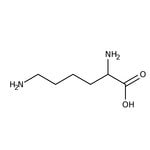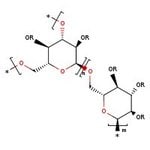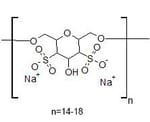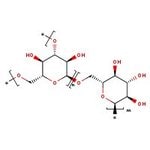Search Thermo Fisher Scientific
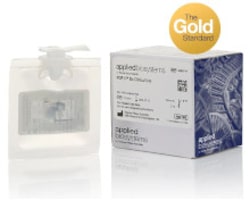
Organic Polymers
Carbon-based macromolecules composed of multiple repeating monomer subunits. Applications for organic polymers include use as a separation matrix during DNA analysis procedures.
Products (33)
Learn More (0)
Documents & Support
(0)33 Products
Filter
Polyethylene glycol is used in gene delivery of protoplast transfection and incubation. It is used in the preparation of extraction for measuring cytosolic phosphoenolpyruvate carboxykinase (PEPCK) from plant tissues.
Polyethylene glycol is used in the field of pharmaceuticals, cosmetics, paper, rubber and ceramics and in wood processing. It is also used in the manufacture of surfactants, dispersant resin and plastics.
Polyethylene glycol is used as an excipent in pharmaceutical products. It is used in the precipitation of proteins as well as in the separation and purification of biomolecules and in the induction of cell hybridization.
Polyethylene glycol is used in a variety of pharmaceutical formulations. It finds application in Hewlett-Packard designjet printers as an ink solvent and a lubricant for the print heads. It is an important raw material for the manufacture of polyuretnae, PEG salts of lauric, oleic and stearic acids...
Polyethylene glycol is used as a humectant in inks and adhesives. It acts as a solvent in soldering flux and as a dye carrier in inks. It is also useful as a modifier and binder in latex paint. It is used as an additive in synthetic lubricants, cutting oil and hydraulic fluids.
Polyethylene glycol is used in the modification of therapeutic proteins and peptides to enhance its solubility. It is also used in the fabrication of bioactive and immuno isolating barriers for encapsulation of cells. In gas chromatography, it is used as a polar stationary phase.
Used as an anticoagulant, antiviral and antilipemic agent
Dextran is used in a bead form to aid in bioreactor applications, some size-exclusion chromatography matrices and in osmotic stress technique study involved in biological molecules. It can be used as a stabilizing coating to protect metal nanoparticles from oxidation.
Polyethylene Glycol 8000, HO-[CH2CH2O]n-H, CAS Number-25322-68-3, Polyethylene Oxide, Carbowax, PEG 8000, 1kg, Gray, White, 7000 to 9000, CAUTION!


